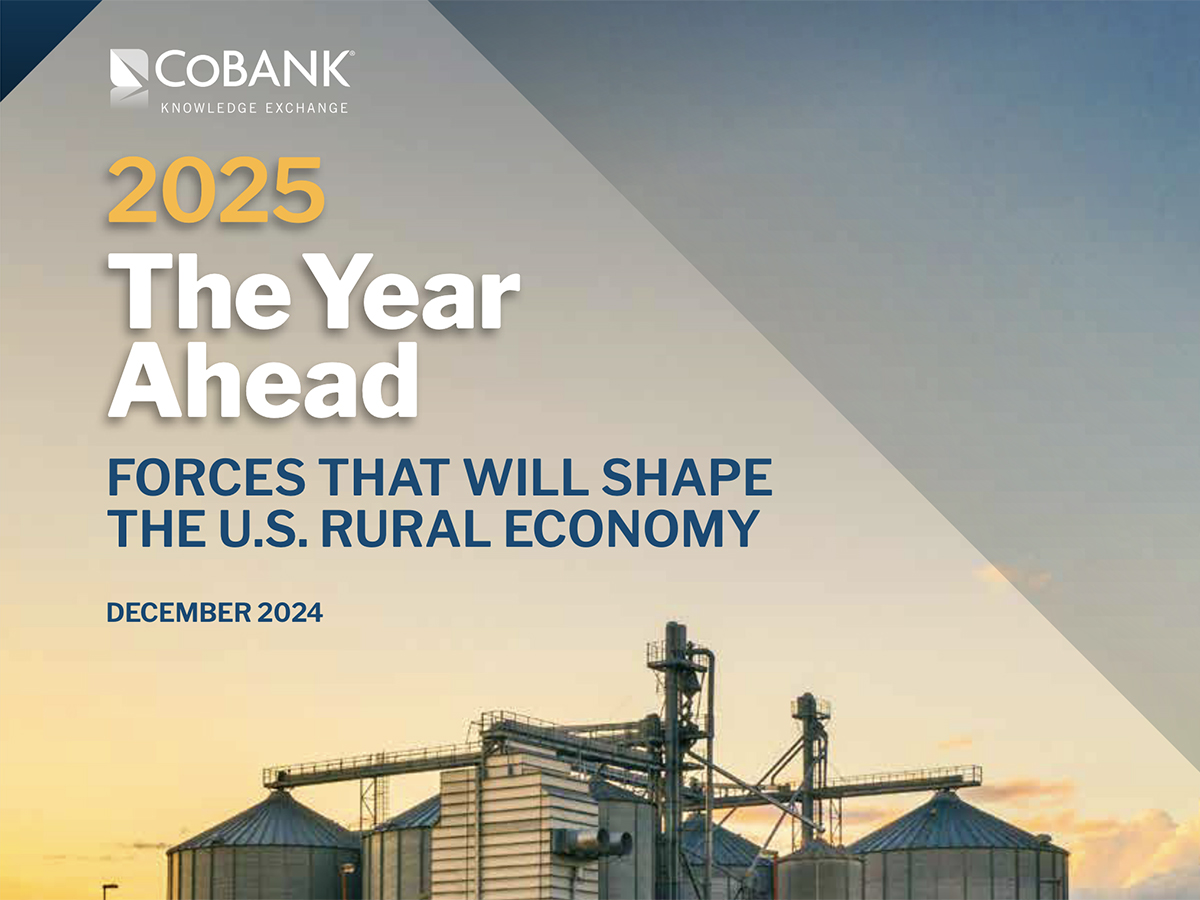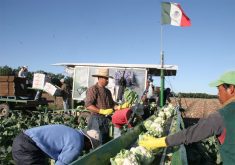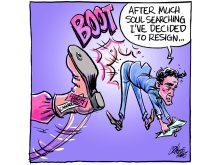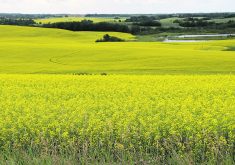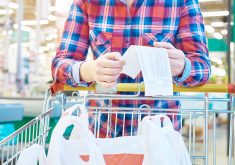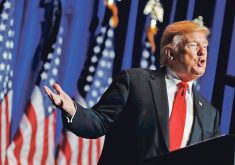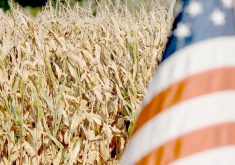By far the biggest lender to U.S. farmers, ranchers and rural businesses is the Farm Credit System, whose four banks and 56 associations hold nearly 50 per cent of all debt in rural America.
What’s more, the largest lender within the massive FCS is CoBank. In mid-2024, CoBank reported an “average loan volume” of US$149.9 billion of Farm Credit debt.
Given that enormous loan portfolio and agriculture’s stumbling start to 2025, what the economists, market analysts and agricultural lenders at CoBank see, think and implement will have a weighty impact on farm and ranch finances this year.
Read Also

High prices see cow-calf producers rushing to incorporate
Farm accountants are reporting a steady stream of cow-calf producers rushing to get their operations incorporated ahead of selling their calves this fall.
And that view is decidedly gray.
CoBank’s The Year Ahead forecast from last month carries several gloomy chapter titles such as:
- “Trade war could send ag economy from bad to worse.”
- “Strong dollar, trade policy and South American crops to hobble U.S. exports.”
- “Biofuels production to slow as policy uncertainty looms.”
- “Rural connectivity faces challenges in a shifting political landscape.”
The headline writers did spot a few rays of coming sunshine for dairy farmers, cattle producers and hog farmers.
The chapter headlined, “Rising margins fuel livestock growth,” focuses on livestock’s biggest variable cost, feed, which composes “roughly half of livestock expenses.” That key cost — mostly corn — has “tumbled from record-high levels over the last two years.”
That made hog farmers smile last year and pushed cattle feeders to add extra weight on fed cattle. In fact, “tight feeder (cattle) supplies, low feed costs and excellent beef demand have yielded heavier carcass weights … nearly 30 pounds or three per cent (more) in 2024.”
That’s remarkable, and even more so when you consider that “this is up from a trend line of just five lb. over the last 20 years.”
So, no, we aren’t raising more cattle — and probably won’t again until 2026 — but cheap corn means more beef this year, and “heavier weights are especially important for meeting consumer demand, which remains resilient despite inflationary pressures.”
More than simply meeting demand, beef production will exceed market needs by an estimated two percent, say the bank’s experts.
By itself, however, livestock profits can’t make a silk purse out of the sluggish, stuck-in-the-mud larger ag economy. Any upward climb will likely swing on political choices, CoBank notes, and that will depend on how the White House manages the still-growing U.S. economy.
As one analyst explains, If U.S. president-elect Donald Trump’s incoming administration limits its tariff use (“something in the range of 10 per cent to 20 per cent on China”), implements “modest but delayed … tax cuts” and goes with “only a decline in the rate of immigration rather than mass expulsions,” then farmers can expect a “2025 GDP growth around 2.5 per cent to three per cent.”
However, don’t take that to the bank — especially CoBank — if “Trump’s campaign backers and voters” reject this “’more of the same’” approach, especially since “most … of his cabinet picks seem to be disrupters rather than experienced technicians and managers.”
Worse, adds the report, “all things being equal (which is never the case), all of Trump’s proposed policies are inflationary: tax cuts, decreased labour supply and tariffs on imported goods.”
However, “maybe Trump’s campaign proposals were mostly for show and a negotiating tactic.” Then, again, “if not, there’s a good chance that we could see both rising prices and weaker employment in 2025.”
And don’t forget, as the rhetoric from the White House increases and the push to act on taxes, trade and immigration pressures the Republican Congress to act, there’s still a farm bill to write, regional conflicts to influence and a federal debt limit to raise.
So take it from agriculture’s biggest banker: this year starts with more tough questions than easy answers.
Alan Guebert is an agricultural commentator from Illinois.

